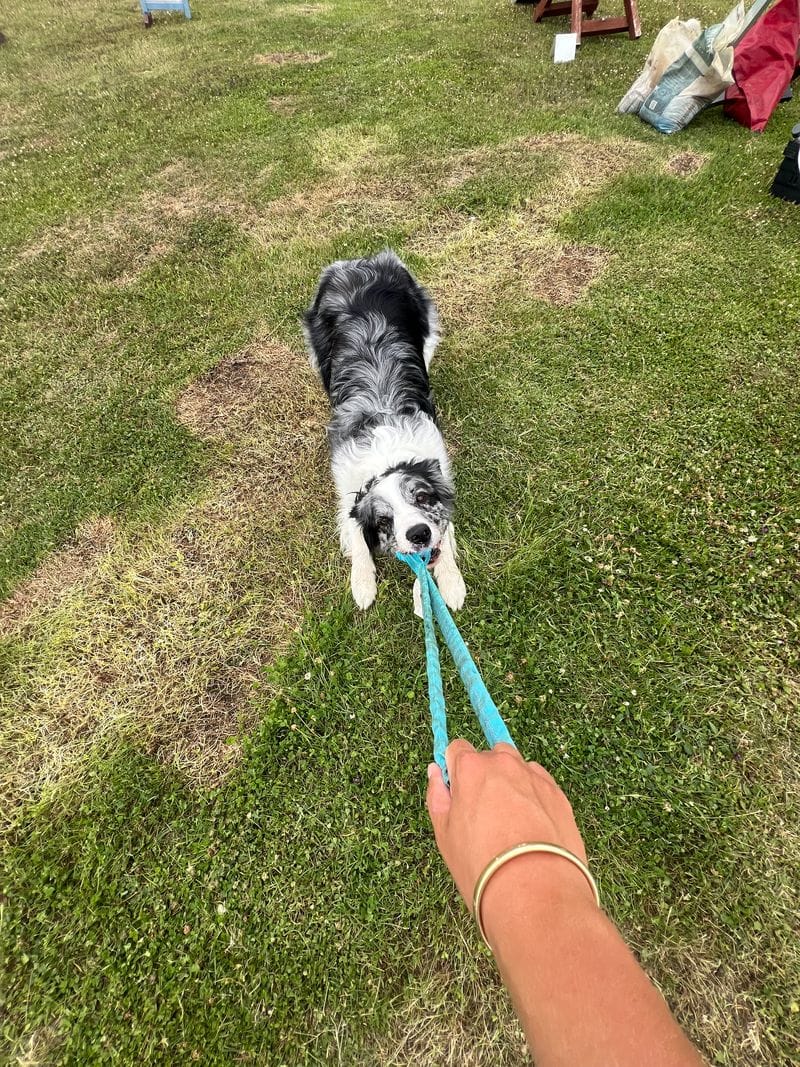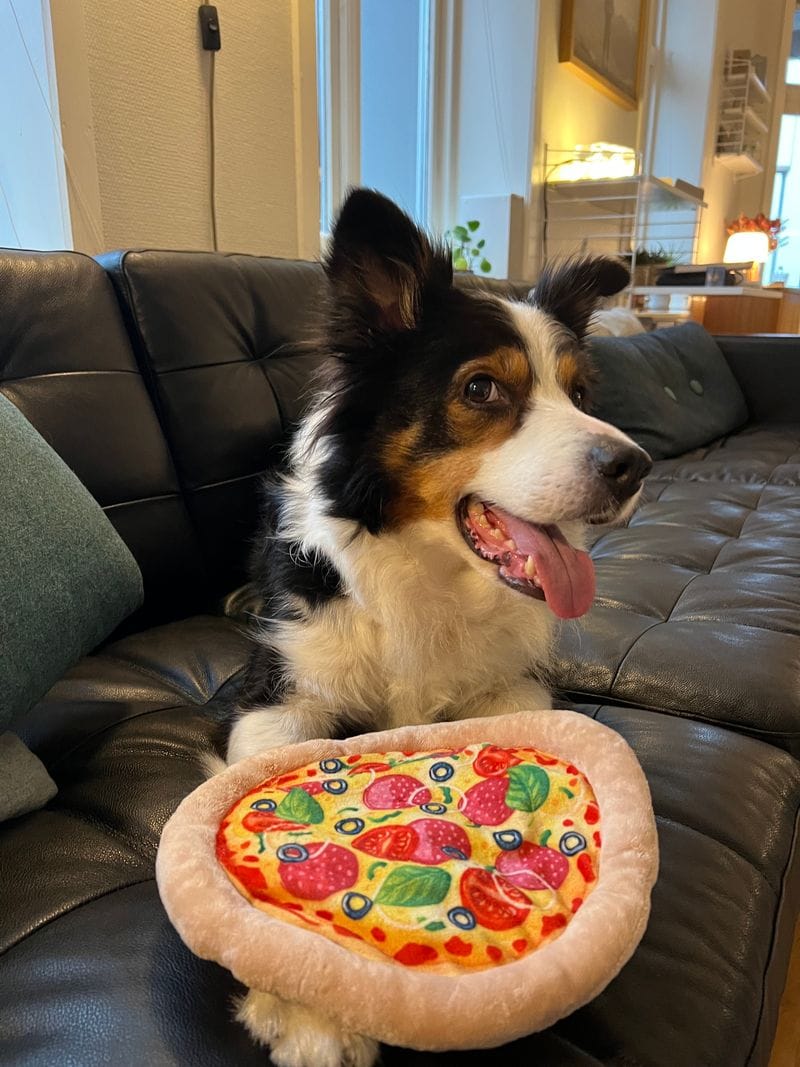Dogs Can Group Toys by Function Like Humans, Study Finds

By Science Correspondent
Dogs may understand more than just commands—they might also grasp the purpose of objects, much like human infants.
In a study published September 18 in Current Biology, researchers show that some dogs can categorize toys by function, such as pulling or fetching, even when the toys don’t look alike.

The team from Eötvös Loránd University in Budapest worked with a group of Gifted Word Learner (GWL) dogs in their homes. At first, owners played with their dogs using toys labeled for either "pull" or "fetch." Despite the toys having no physical similarities, the dogs learned to associate each with the appropriate action.
“We discovered that these Gifted Word Learner dogs can extend labels to items that have the same function or that are used in the same way,” said study author Claudia Fugazza (@geniusdogchallenge). “The rock and the hammer look physically different, but they can be used for the same function,” she added. “So now it turns out that these dogs can do the same.”

Later, when introduced to new toys without hearing the labels, the dogs still correctly grouped them based on how they were used.
“For these new toys, they’ve never heard the name, but they have played either pull or fetch, and so the dog has to choose which toy was used to play which game,” Fugazza explained. “This was done in a natural setup, with no extensive training. It's just owners playing for a week with the toys.”
The researchers believe this shows that dogs can form mental representations of objects based on function—suggesting deeper cognitive abilities linked to language, memory, and categorization.

More studies are planned to explore whether dogs without word-learning skills might also classify objects by function.
“We have shown that dogs learn object labels really fast, and they remember them for a long period, even without rehearsing,” said Fugazza. “And I think the way they extend labels also beyond perceptual similarities gives an idea of the breadth of what these labels could be for dogs.”
This work was supported by National Brain Research Program NAP 3.0 of the Hungarian Academy of Sciences, MTA-ELTE Comparative Ethology Research Group, and TRIXIE.
If you have a positive story or uplifting news to share, we’d love to hear from you!
Just email us at news@goodnewspost.co.uk.
Whether it's a local hero, an act of kindness, or a personal win, your story could help spread joy and improve someone’s mental health. Let’s make the world a little brighter, one good news story at a time.
And don’t forget—you can sign up for free to get the latest feel-good stories straight to your inbox!





